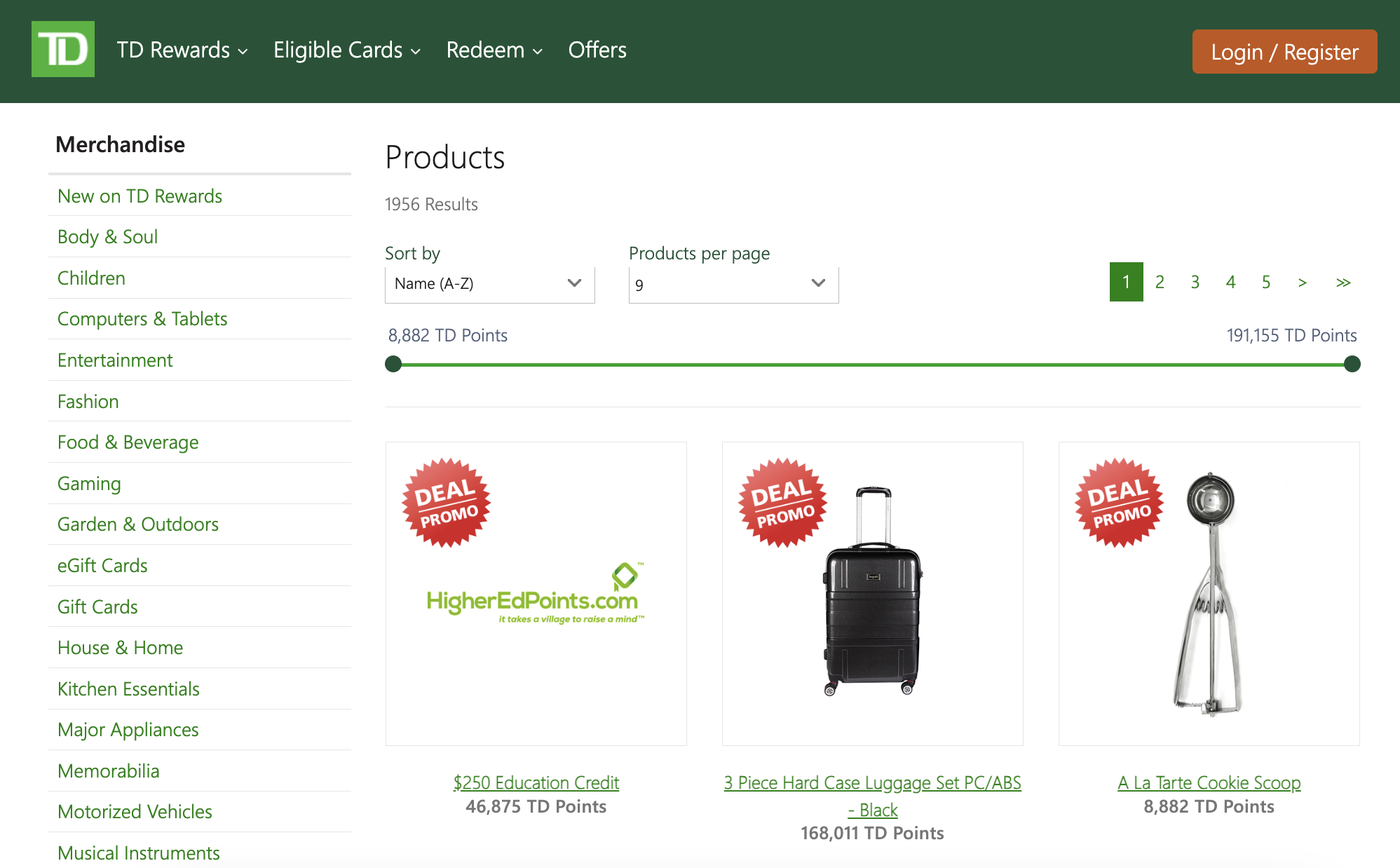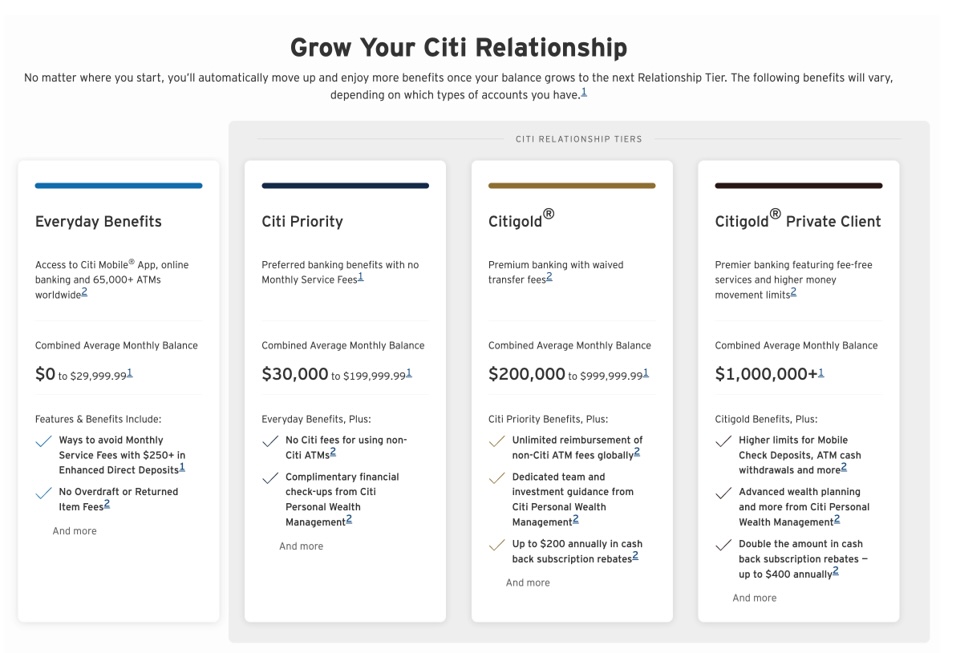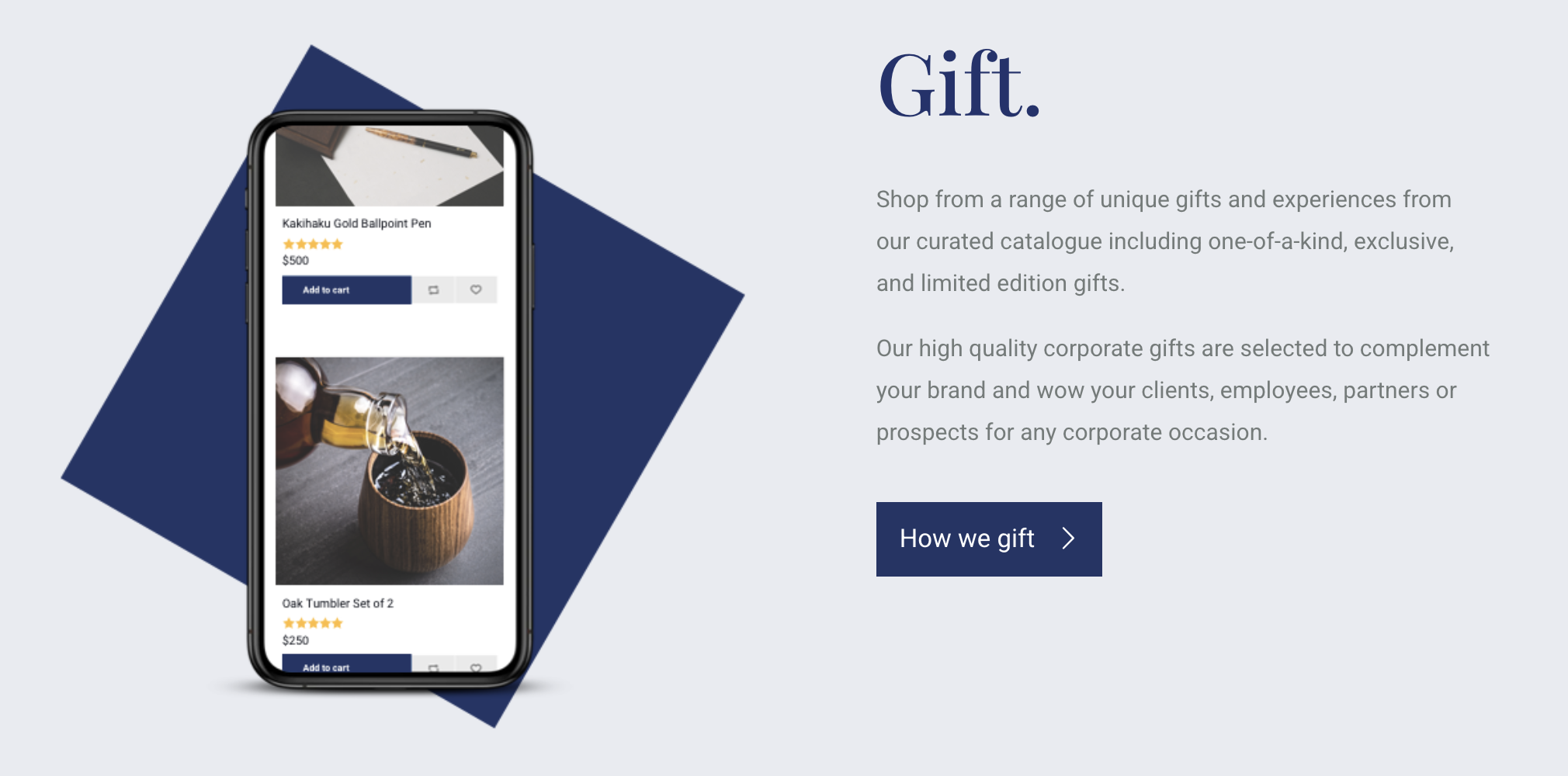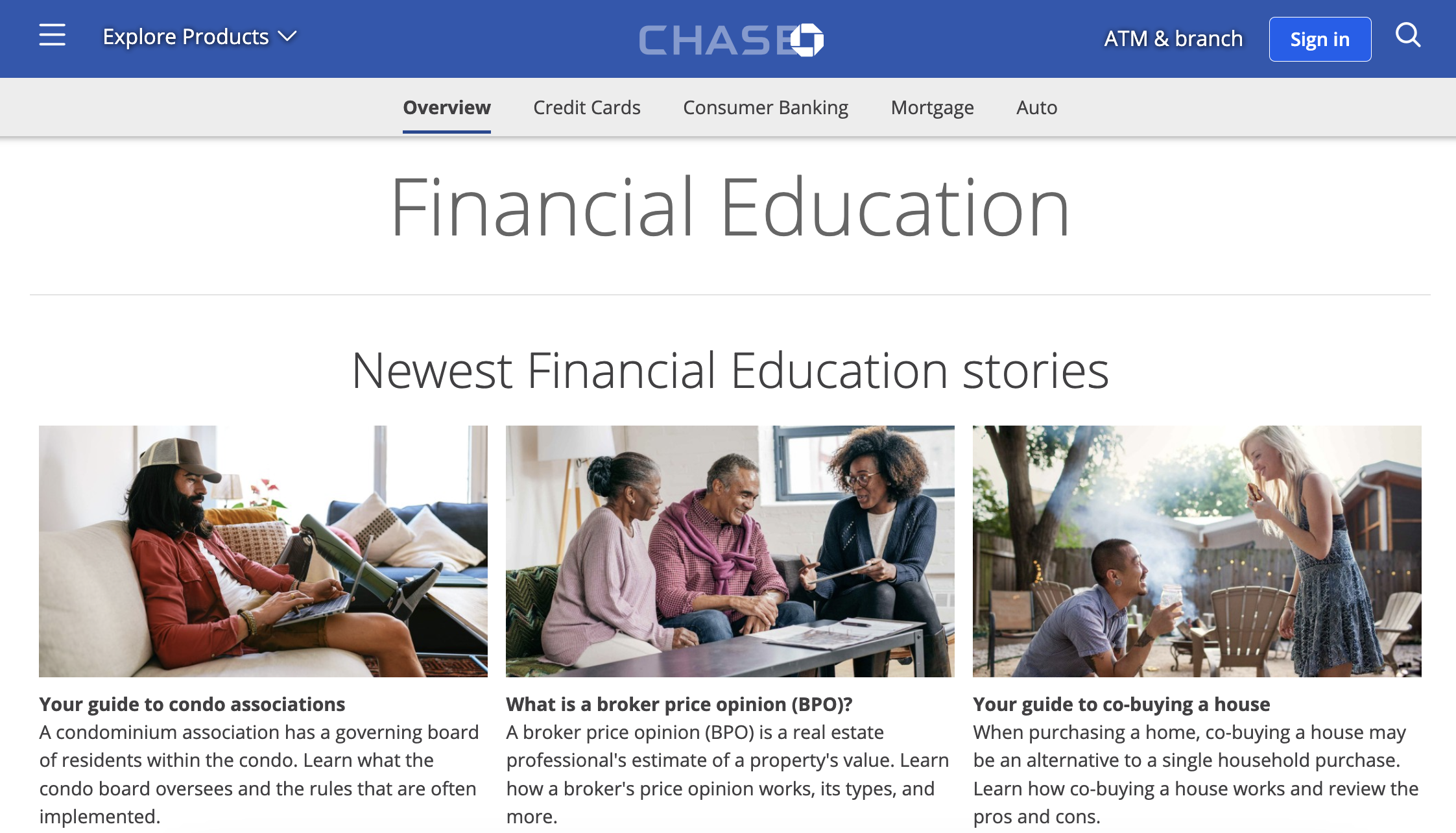10 Steps to Build a Relationship-Based Loyalty Program in the Wealth Management Sector

Remember Groupon?
Sign up, get daily deals and discounts, and save big.
But consumers quickly got tired of irrelevant discounts flooding their inbox every day.
The company has lost 99.4% of its value since its IPO.
And this same ‘discount fatigue’ is happening to loyalty programs across all industries.
Every brand and their dog has a loyalty program, and so many consumers are using them less and valuing them less.
For financial services and wealth management companies with clients with very high lifetime value (LTV), that’s bad news.
But there is hope.
What these companies need to do is to think beyond loyalty and aim for affinity.
Loyalty is simply a customer’s commitment to a specific brand and consistently choosing it over alternatives.
Affinity goes deeper.
Affinity involves the emotional bond formed around shared values and identity, influencing not only purchase decisions but also advocacy and long-term commitment.
Done properly, a program mixing both strategies can help overcome the main reasons why firms lose clients, and:
- Improve client experience and satisfaction scores
- Increase client Lifetime Value (LTV)
- Grow Assets Under Management (AUM)
- Reduce client and advisor churn
- Drive referrals and leads
If you want to create real loyalty and affinity and deliver the “wow” factor to valuable clients, here are 10 steps to follow.
1. Define Your Goal
Clearly defining your loyalty program’s objective is the foundational step, and may include:
Improve Client Experience and Satisfaction Scores
- Customer satisfaction is a general method used to determine how well a company meets or exceeds customer expectations.
- Measurement metrics should include:
- Overall satisfaction (attitudinal)
- NPS (Net Promoter Score)
- Intention to repurchase or stay a client
Increase Client LTV
- Client Lifetime Value (LTV) is a forward lending metric that informs advisors about the future profitability of the client over their relationship with the company.
- Calculating LTV for Wealth Management firms can be complicated but may include: opportunity sizing, current AUM, past client behavior, future growth, and retention.
Grow Assets Under Management (AUM)
- To get top clients to engage and invest more, you can offer them exclusive investment options.
- This tiering model encourages more investment so clients can reach the next level of rewards – see Bank of America example.
- For banks, setting investment tiers can also be combined with other banking perks such as higher interest saving rates, no-fee ATM transactions, and better foreign exchange rates.
Grow AUM by Reducing Client and Advisor Churn
- A 5% boost in customer retention rate translates into a 25% increase in profit (Bain & Company).
- To connect with clients on a personal level and encourage them to invest more, analyze renewal rates, churn rates, and Lifetime Value (LTV).
- To strengthen your loyalty program, involve advisors who can benefit from and support the program and demonstrate to their clients their commitment to the investor relationship beyond just financial advice.
Having engaged financial advisors is also essential to the success of these programs, as 63% of investors indicate they would likely leave their firm to follow their advisor if they left the firm.
J.D. Power
Grow AUM Through Referrals and Leads
- Achieving exceptional customer experience sets the stage for acquiring new customers through referrals.
- Involve clients’ family members with rewards to establish a relationship with next-gen investors.
- Use rewards such as restaurants, sports, and entertainment for meeting with prospects or hosting an event.
2. Select the Type of Loyalty Program
Loyalty programs offered by wealth management or financial services firms usually use the earn-and-burn model, the relationship-based model, or a combination of both.
‘Earn-and-Burn’ Model
In this traditional approach, clients “earn” rewards by using their credit cards or investing. Then, they can “burn” or redeem these points for various benefits or incentives.
TD Bank’s loyalty program, TD Rewards, uses this model.
Participant clients accumulate points with credit card transactions or partner engagements like Amazon or Starbucks. Then, they can redeem those points from a wide catalog of rewards.

While this approach encourages repeat business, Earn-and-Burn programs don’t necessarily create real customer loyalty.
Those programs are well-recognized by consumers but don’t have the same relationship approach that experiential platforms offer.
When you redeem points through a mileage or credit card program, the feeling is that those points belong to you.
There is no tie or emotion that goes back to the company.
Ramsey Qubein
In sum, this model presents some pros and cons.
Pros:
- Participation process easy to understand/partake
- Accelerated points redemption
- Immediate gratification
Cons:
- Quickly becomes repetitive
- Doesn’t necessarily differentiate your brand
- Does not create real customer affinity
- Relationship-Based Model
This approach aims to create strong emotional connections or affinity.
It centers on personalized experiences and meaningful interactions – not on points or spending.
This model focuses on understanding each client’s needs and preferences. Relationship-based loyalty programs offer personalized rewards and unique experiences like travel concierge services, webinars, and resources on personal finances.
This model is used by Morgan Stanley, where their tiered Reserved, Living & Giving program offers rewards based on customers’ interests.
But not only that.
They also provide insightful articles and unique resources for every stage of life, whether you’re sending your kids to college, preparing for retirement, looking for ways to give, or just looking for the best national parks to visit.

These types of programs also present some advantages and disadvantages.
Pros:
- No points or credit cards, easy to understand
- Tiering thresholds for AUM Growth
- Deepens advisor-client and brand-client relationship
- Differentiates brand and builds loyalty and affinity
- Invite advisors, employees, and even prospective clients to the program
Cons:
- Implementation complexity
- Privacy/Security Concerns
- Initial cost and time investment
Hybrid Model
Some financial services firms opt for a hybrid model, blending elements from both ‘Earn-and-Burn’ and Relationship-based approaches.
It aims to strike a balance between tangible rewards for transactions and the creation of long-term loyalty through customized offerings and exceptional client experiences to obtain the benefits of both models.
Since it’s more complex, this model comes with some pros and cons as well.
Pros:
- Omni-channel engagement
- Immediate gratification
- Customer retention
- Flexibility for users
Cons:
- Complexity
- Cost considerations
- Potential confusion
- Risk of favoring transactions over the relationship
JP Morgan’s One Card program uses this approach. They offer cash back, travel, gift cards, and merchandise rewards, as well as business and financial advice for a richer relationship with clients.
3. Design the Financial Plan
A fundamental step of a business project is establishing a financial plan. Allocate the necessary resources, such as budget, personnel, and technology, to ensure a successful execution.
Allocate a Purposeful Budget
By allocating resources where they are most likely to yield the highest returns, firms can optimize the efficiency of the loyalty program and prevent losses.
Wealth management firms can and should plan their loyalty programs to be more than a cost-center.
Today, affinity programs are proving their value through the business’s bottom line – they are not just about branding, vanity metrics, and goodwill.
A proper affinity program supports the firm’s sales and marketing efforts and overall business strategy resulting in real ROI.
It’s essential to address the anticipated financial return of such programs at the very start and identify which budget and department should manage its development.
A strategically designed loyalty program is a very effective tool with proven profitability. Our experience has shown that the profitability of new programs reaches over 200% after 18 months on average.
This means the net profit generated by the program is a lot higher than the total cost of developing and managing the program.
This is why a good number of successful brands are progressively transferring their acquisition budgets to relational strategies.
Hans Laroche
Assess In-House Capabilities
When making the program’s budget, determine which aspects can be handled in-house. This depends on the internal team’s expertise and available resources. What to assess:
- Expertise Assessment: Identify areas where your team excels, whether in technology, marketing, data analysis, or program management.
- Control and Customization: Handling some aspects internally (e.g., partner management, email marketing, content creation, web design) allows greater control and customization.
- Integration and Data Security: In-house management sometimes allows better integration with your existing systems and databases. However, data security is particularly sensitive in the financial services industry, and often, it is not easy to comply with the highest standards in data protection.
- Scalability: Assess whether your team can handle the potential growth of the program or if you’ll need to outsource as it scales.
4. Choose Your Audience
In client-focused programs, defining and understanding your diverse range of clients is essential.
Your affinity program could address one or many of the following audiences, depending on your overall strategy.
- Ultra and High Net Worth Individuals (UHNWIs and HNWIs): Tailor rewards into exclusive experiences and premium services like travel concierge, for example.
- Corporate Clients: Offer business-centric rewards such as discounted services, exclusive partnerships, or corporate gifting such as Gift My Client.
- Next Gen: Target perks like career development resources, financial education, technology-driven services, and exclusive events like sports or concert tickets.
- Clients’ Families: Emphasize family-oriented rewards like travel experiences, as well as insights on education funds, mortgage investments, and retirement plans, for example.
- Employees: Acknowledge and reward their role in AUM growth, offering incentives tied to client acquisition and cross-selling.
- Financial Advisors: Recognize their pivotal role with incentives like professional development opportunities, exclusive industry insights, and collaborative networking events.
Don’t Overlook Financial Advisors
Financial Advisors (FA) play a crucial role in the success of these programs. They are the ones who have direct contact with customers.
When the program is sophisticated, FAs have customer preference data, which helps them build closer relationships.
“Did you enjoy the F1 race on Sunday? How was your son’s graduation?” are some of the questions FAs can ask customers and then link them to offers or services provided by the firm.
Remember, 63% of investors indicate they would likely leave their firm to follow their advisor if they left the firm.
That’s why offering tools and recognition to advisors is crucial to the program’s success.
Tiered Audience Model
Wealth management firms categorize their investors by levels of AUM.
This is an opportunity to recognize and reward those who bring the greatest value to the firm. It’s also a chance to encourage the rest to grow their assets or use more of your services.
This approach can help increase Assets Under Management (AUM). Here’s how:
- Connect portfolio performance to tier progression to motivate clients to invest more.
- Provide incentives based on the growth of their AUM, such as exclusive concierge services, personalized financial reports, dedicated advisors, and exclusive events.
- Reward clients for reaching investment milestones. Offer elevated status and exclusive benefits to foster a competitive and growth-oriented mindset.
See, for example, Citi’s recently introduced Relationship Tiers.
As a customer’s Combined Average Monthly Balance grows, they can unlock Relationship Tiers. This grants access to more benefits and services from Citi.

5. Choose the Platform Technology
When designing your loyalty program strategy, selecting platform technology is the cornerstone. How will your loyalty program be delivered?
Consider the following.
- In-House vs. Outsourced Solutions: Consider the pros and cons of hosting the program in-house or outsourcing it. Analyze factors like control, expertise, security/privacy, and costs associated with both options.
- Mobile App vs. Website: Choose between a mobile app, a website-based program, or a combination. Understand the preferences and behaviors of your customers to decide which format best suits their needs.
- Public vs. Private Access: Determine if the loyalty program will be accessible to the public or confined to a select group. Assess the impact and implications of both approaches on engagement and exclusivity.
- Integration of AI: Explore the potential of integrating AI to enhance the program. AI can optimize personalization, predictive analytics, and user experience, leading to more effective and tailored rewards and interactions.
It’s important not to disregard its integration with existing platforms.
This may include current email software, CRM, and apps, and ensure that the information collected and managed in the program is synchronized across all platforms, whether customer data, transaction histories, or loyalty points.
A proper loyalty program implementation should be somewhat seamless for the investor and advisor experience.
71% of brands that use omnichannel loyalty programs said transaction volume increased by more than 50% over the previous years.
IRI
6. Ensure Security and Compliance
Protecting client data is paramount in the financial services industry.
The threat or rumor of a data breach alone could have disastrous implications on the business’s reputation and share value.
A recent survey revealed that 90% of financial professionals believe cyber attacks are a major threat, and 55% name security-related technology as a priority investment.
Robust security measures reassure customers that their data is safe and handled responsibly but that becomes a real obstacle to the ease of access, marketing communications, and the user experience required to make these programs successful.
Compliance with regulations and local data protection laws is imperative.
90% of financial professionals believe cyber attacks are a major threat, and 55% naming security-related technology as a priority investment.
American Banker
The challenges faced by this industry are one of the reasons that it is late to the loyalty game compared to others.
Financial services firms don’t have the in-house expertise to design and manage a robust loyalty program cost-effectively, requiring vendors to be utilized.
Hiring internal experts on loyalty programs or reward acquisition and management is not desirable as it’s not the firm’s core business – not to mention taking away resources from already-stretched IT resources.
However, the growing popularity of cloud computing among vendors prevents financial services firms from outsourcing the development of these programs, thus increasing operational costs and timelines.
When planning the development of a loyalty or affinity program, financial services firms must be cognizant of targeting a vendor whose infrastructure equals the high bar required by their security, data modeling, and privacy experts.
7. Choose the Right Rewards
Programs with a one-size-fits-all approach to loyalty have failed.
60% of HNW clients report unsatisfactory experiences with their firm’s personalized information or services.
If you don’t want to lose clients, make sure to understand that “the right rewards” directly impact customer engagement, retention, and the program’s overall success.
You can use data analysis or create polls and surveys to determine their interests. Cars? Sports tickets? Concerts? Seafood? Cruises?
You can create different reward categories for all preferences, such as:
- Automotive
- Entertainment
- Food & Drink
- Health
- Home
- Retail
- Travel
Staying updated with market trends and adapting the rewards accordingly is also a must.
Consumer preferences evolve, and adjusting the rewards to meet these changing expectations can keep the program relevant.
60% of HNW clients report unsatisfactory experiences with their firm’s personalized information or services.
World Wealth Report
Another innovative idea is to incorporate corporate gifts.
Services such as Gift My Client help you shop from a curated catalog. These options can include unique gifts, experiences, and limited-edition items.
Platforms like this can integrate into your CRM and automate gifting for special occasions like birthdays, holidays, and congratulations.

8. Think Beyond Rewards
A loyalty program shouldn’t end with popular offers and great rewards.
In the competitive world of these programs, it is essential to offer more than that to be successful.
Opt for Personalization
Personalization can significantly increase customer engagement.
Customers who feel valued and understood are likely to remain loyal to a firm. Retaining existing customers is essential in financial services because it can be cost-effective.
70% of leaders say they will increase their investments in personalization in the coming year after 60% of them claim customer retention improved because of their personalization programs.
Daniel Newman
Personalization not only translates into higher customer retention but also into higher profitability.
Personalization drives a 10% to 15% revenue lift.
The more skillful a company becomes in applying data to grow customer knowledge and intimacy, the greater the returns.
McKinsey & Company
Ways to personalize a Loyalty Program:
- Curated rewards based on personal preferences: Give customers personalized rewards for their interests. Or go even further and use geo-location. Offer US Open tickets to clients in New York or a Derby experience to clients near Kentucky.
- Personalized financial insights: Are your clients buying a house? Having another child? Retiring? Offer personalized financial insights that meet their needs.
- Customized investment/donation recommendations: Provide personalized recommendations. Focused on environmentally responsible funds or socially conscious investment and donation opportunities.
Worldwide, 78% of wealth clients now have goals related to sustainability in their lives, while 62% of clients have goals related to generating a legacy.
EY
- Specialized educational content: Provide personalized educational content based not only on financial education but also on lifestyle. Offer insights about how to give, how to keep cyber safe while traveling, and the best luxury RV road trips, including your travel offers, for example.
- Tailored communication preferences: Allow clients to choose their preferred method of contact and communication. Offer different channels like email, app notifications, chatbots, or toll-free support.
- Dynamic account features: Allow clients to customize their accounts by setting spending limits, card functionalities, and choosing offers and content recommendations.
Offer Education and Valuable Content
Educational content, such as financial resources, guides, or lifestyle-related articles, add value to a loyalty program by offering something beyond mere transactional benefits.
It positions the financial institution as a trusted source of information and expertise within and beyond the world of investing.
For example, you can offer webinars, infographics, and articles personalized to clients’ investment portfolios to empower informed decision-making.
See, for example, Chase’s financial education library, where they share articles and insights to help their clients make financial decisions and use Chase’s products.

Make sure to share more than just financial content.
Rewards relate to lifestyles and interests – and content should reflect that.
If you have a family vacation offer, create an article highlighting trending destinations and include the links to your travel rewards.
Maybe your clients enjoy red wine? Work with a wine vendor to create a virtual wine-tasting class.
Tennis fans? Create an annual tennis calendar with links to tickets.
You can also differentiate content offerings based on loyalty program tiers and encourage reward redemption by making it look more exclusive.
9. Get Feedback and Optimize
Learn and adapt the program by collecting feedback.
Companies can gain insights into what customers value most and which aspects need improvement.
Conduct quarterly website and in-app surveys to gauge client satisfaction on offers they redeem or on the program as a whole.
Other ways to garner feedback include focus groups, collecting advisor feedback from clients, or directly asking clients when they call the support line or receive a gift.
The customer experience is just as important as points or financial rewards to secure customer loyalty.
Deloitte
This is why feedback is vital to offering them an outstanding customer experience. Clients feel more engaged and valued when they see their feedback has led to changes, turning them into advocates.
10. Calculate ROI (Cost Recovery)
Financial Service firms are often late-adopters to loyalty programs because:
- Lack of understanding of the ROI and positive impact on the bottom line
- Fearful of the costs associated with managing such programs
- Concerns such programs could have on the perception of the brand
- Concern over security or data protection
When designed correctly, a financial service firm’s affinity program can drive increased AUM that more than offsets the costs, often within the first 2 – 3 years.
Stronger customer relationships and customer loyalty further impact the bottom line as a 5% decrease in customers leaving improves a bank’s profitability by between 2 and 8%.
The key is to design a program that allows the firm to match engagement within the affinity program with changes in the AUM of the individual, their referrals, lifetime value (LTV), the transfer of generational wealth inside the firm, or the number of services utilized by the investor.
Integration between the clients’ activity within the affinity program and internal CRM or ERP applications is essential.
- What’s the relationship between engagement within the program and the change in AUM over time?
- How are the investments driven by a Financial Advisor impacted by the engagement levels of users in the program?
- What recommendations or referrals are being driven by those investors who are more active within the affinity program?
Building and managing the desired user journeys within a rewards program will help set up, monitor, and eventually improve the ROI that can be achieved by implementing these programs.
This is no small task, which is why selecting an experienced vendor is critical.
BONUS: How to Choose Your Loyalty Program Vendor
You need to keep these things in mind when selecting a vendor who can create a successful loyalty program for your business.
1. Expertise in reward partner acquisition and management
Identify a vendor proficient in securing and overseeing diverse reward partnerships.
2. Seamless integration of technology
Ensure the chosen vendor aligns with your technology needs for smooth integration into various client touchpoints (app, website, email).
3. Bespoke affinity portal design
Prioritize a vendor capable of crafting a distinctive, themed affinity portal tailored to enhance your brand identity.
4. Customization beyond the ordinary
Opt for a partner offering personalized rewards and experiences, distinct from generic offerings prevalent among competitors.
5. Stringent security and privacy compliance
Confirm that the vendor meets the highest financial industry standards for security and privacy to safeguard sensitive data.
6. Alignment with audience values
Choose a vendor capable of creating content and rewards aligned with your audience’s values (sustainability, legacy, wealth transfer, healthy living).
Need Help Building Your Loyalty Program?
BONDAI is a relationship-based affinity platform designed for Banks, Wealth Management, and Enterprise organizations to drive leads, loyalty, and advocacy. The platform builds deeper relationships with clients beyond mere transactions, enhancing CX while differentiating your brand.
BONDAI’s capabilities extend to seamlessly integrating with existing loyalty programs, enhancing them, or even creating a new rewards system that spans the entire user experience. With a focus on personalization, BONDAI offers value-added rewards and exclusive experiences that truly deliver the “wow.”